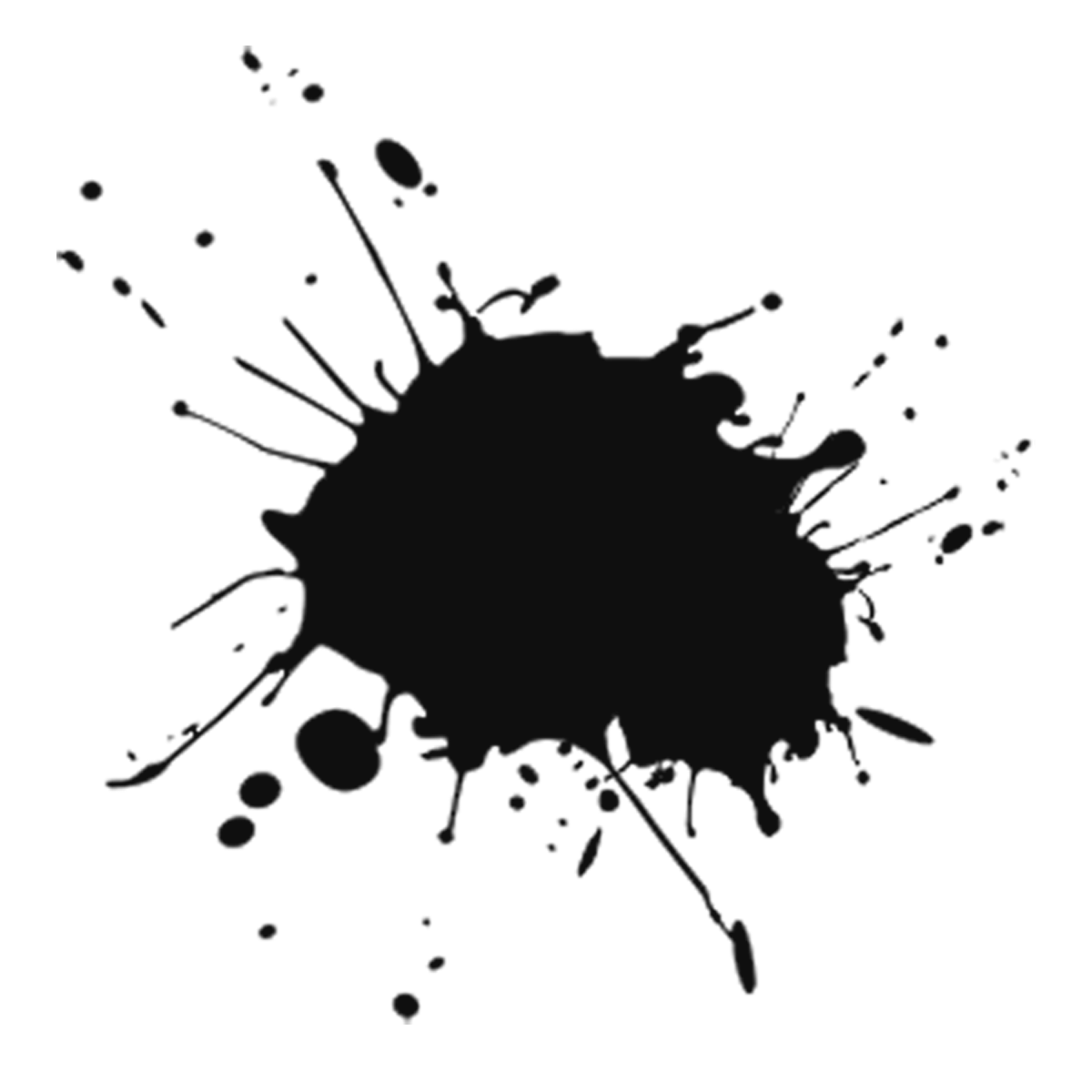Make Your Own Watercolors
Make Your Own Watercolors
How is watercolor made? We will learn how to make watercolor pans by hand with plant and mineral [earth] pigments. This class will explore how to use gum arabic, honey, plant glycerin, clove oil, and other natural binders . You will also learn how to make a watercolor medium from scratch. Learn to extract beautiful pigments from ordinary natural materials (like leaves, vegetables and flowers) and turn them into watercolors―no plastics, or chemicals needed! We will have some time to test our colors and discuss painting technique but this is not a painting class. It is a hands-on mix of chemistry, cooking, and understanding where and how materials are sourced and how they’re made.
4 sessions. Each session is 2 hours. Some pigments will need to settle, dehydrate, and cure and the process will span over 2 classes. We will provide drying space and storage for the processing pigments. That means you will start a color in one class and finish it in the next class. You should have 5-6 handmade, custom adjusted colors by the end of this class.
Instructor: Olja Stipanovic
Duration: 4 Weeks
Skill level: All Levels
Saturdays 11am - 1pm
Starts: March 15th
Ends: April 5th
SUPPLIES NEEDED:
You should purchase:
You can purchase these individually or as sets. The sets are usually lower quality but will be just fine for beginners. Please feel free to decide how much you want to invest and if you are feeling unsure about a purchase contact the instructor.
One watercolor pad - cold pressed 140-300 lb range paper.
One cheap student grade 90 lb pad for color testing and taking notes [mixtures, recipes, measurements] if you have an existing mixed media sketchbook this is perfect.
6 or more Pans Set - Watercolor Tin Box paint case with lid and at least 6 empty watercolor pans [this is usually under $10]
Set of watercolor brushes
Palette knife, palette spatula Do not buy plastic tools or jars - heat will be involved.
Canning Glass jars with lids - reused is great - at least 8oz and heath resistant.
Small glass jars with tight lids for storing any extra pigment - sometimes the extraction yields a lot of extra pigment you can mix later.
Glass or marble slab - if you are not good at sharing [again, no wood, plastic or plexi]
Glass muller [transparent] I recommend this one: Amazon.com: Paint Muller(2.95 in),Glass Muller for Making Paint,Homemade Paint Tools,Apparatus for Watercolor,Oil,Tempera
Suggested sets:
The studio will provide:
Gum Arabic (Acacia) Powder
Artist grade Clove oil
Food grade gum arabic resin
Bunch of other chemicals that are needed in small quantities but are not sold in such. [Potash Alum, Iron Sulphite, Cream of Tartar, Ammonium Carbonate, Sodium Carbonate, Vinegar, Honey…]
Funnels
Earth AND MINERAL pigments
Selection of plant material for extracting pigments [pomegranate, avocado, cabbage, chamomile, oak apples, turmeric, madder root, dragon’s blood resin etc]
Cooking pans
Burner
Grinder
Mortar/pestle [different sizes - white stone or marble]
Rags/paper towels for cleanup
apothecary measure spoons
small spray bottle
glass slab

